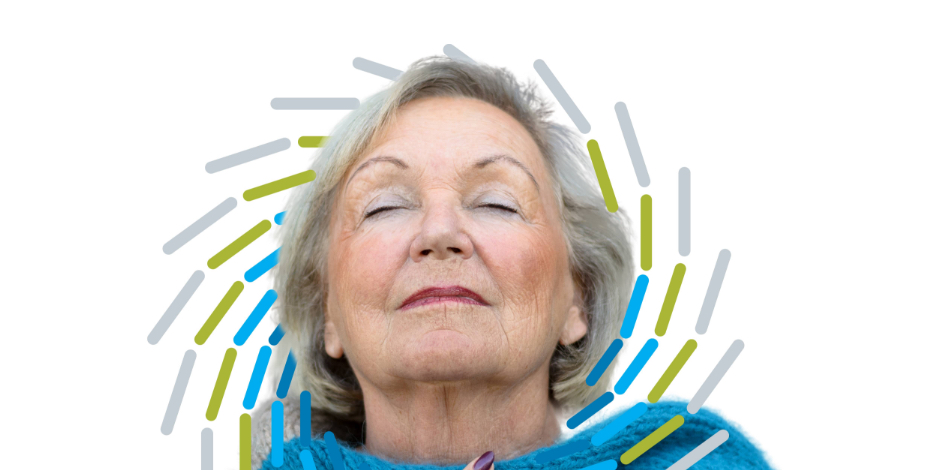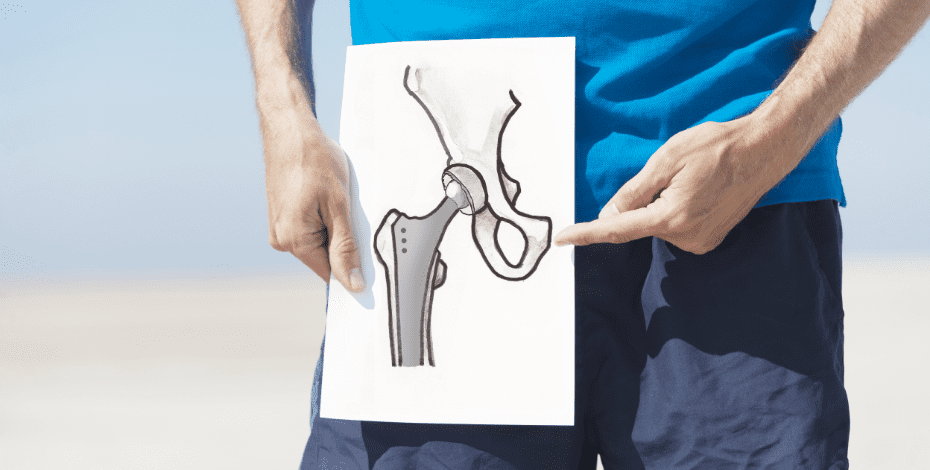
CONFERENCE: Cardiorespiratory

International keynote speaker Rik Gosselink will discuss the role of respiratory muscle dysfunction in the symptomatology of patients with acute and chronic respiratory conditions in his presentation ‘Respiratory muscles: a forgotten target for physiotherapy?’
After graduating in 1979, I started working in the intensive care unit and thoracic surgery department of the Free University hospital in Amsterdam. In the mid ‘80s I was invited by the
Dutch Asthma Foundation to write a book on physiotherapy in obstructive lung disease and also include a chapter on respiratory muscle function and its treatment. The chest wall (‘thorax’ in Ancient Greek, including the rib cage, abdomen and respiratory muscles) was virtually neglected in respiratory medicine, and limited to diaphragmatic breathing in physiotherapy. However, in the 1980s and 1990s the knowledge of respiratory muscle function and dysfunction matured.
The hallmark of this evolution was the publication of The Thorax in the Lung biology in health and disease series, with the late Professor Peter Macklem and Professor Charis Roussos as the editors.
The Thorax is still the bible of respiratory (patho) physiology and important inspiration for treatment. In retrospect, it is unthinkable to reflect on the physiology and pathophysiology of ventilation without considering the respiratory pump, the driving force for gas transport in the airways.
Kinesiology, pathokinesiology and treatment of the thorax became an important part of the book Physiotherapy in chronic obstructive pulmonary disease (Gosselink & Decramer 1988, 2001). After publication of the book and inspired by respiratory muscle dysfunction, I performed my PhD research on the effect of diaphragmatic breathing on breathing efficiency in chronic obstructive pulmonary disease (COPD). While finishing my PhD in 1992, I moved to Belgium and joined Professor Marc Decramer’s team in Leuven. Research on respiratory muscle function in patients (eg, COPD, asthma, multiple sclerosis, spinal cord injury and weaning failure) was the leading theme—and never left this track to this day.
Respiratory muscle training was introduced in the late 1970s in healthy subjects, COPD patients and patients with spinal cord injury, and has gained increased interest over the last 30 years in patients as well as athletes. Over the last decade, substantial research has been published to substantiate the role of respiratory muscle dysfunction in a variety of health conditions.
Not only patients with respiratory diseases such as asthma and COPD, but those with cardiac, metabolic, neurological and orthopedic disease are suffering from symptoms associated with respiratory muscle weakness or increased work of breathing.
These symptoms include dyspnoea, (nocturnal) hypoxaemia, hypercapnia, ineffective cough, exercise impairment, impaired postural control and respiratory insufficiency. Theoretical insights from basic exercise physiology and respiratory (pathow) physiology, kinesiology, exercise training and (respiratory) muscle training, as well as the effectiveness of respiratory muscle training, are now better explored. In addition, novel modalities of training such as tapered flow resistive loading allows more optimal loading of the inspiratory muscles. These electronic devices also allow recording of all training data (eg, pressure, tidal volume, power), which is important to control the quality of the oftentimes home-based training.
These developments have seen inspiratory muscle training put in the spotlight and encourage clinicians such as physicians, physiotherapists, speech therapists and exercise physiologists to consider the respiratory muscles as an important target for treatment in patients with a variety of acute and chronic conditions across medicine, affecting the clinical outcomes such as dyspnoea, exercise performance, low back pain, respiratory infections, coughing, respiratory failure, and liberation from mechanical ventilation.
In my presentation, the focus will be on the role of respiratory muscle dysfunction in the symptomatology of patients with acute and chronic respiratory conditions, but also musculoskeletal and neurological conditions and the effectiveness of respiratory muscle training.
Rik Gosselink obtained his bachelor degree in physiotherapy at Rotterdam in 1979 and his PhD degree in human movement sciences in Amsterdam in 1993. He is full professor in the Department of Rehabilitation Sciences KU Leuven, Belgium.
Q&A: National keynote speaker Catherine Granger will discuss the physiotherapy management of people with lung cancer and those undergoing thoracic surgery as part of the program for the cardiorespiratory stream.
What are the most valuable skills or attributes required of physiotherapists to be effective in working with people with lung cancer?
Physiotherapists are very well suited to work with people with lung cancer. Our initial entry-to-practice training places us in an excellent position to start working with people with lung cancer upon graduation. However, there are many ways to develop further specialised skills in the oncology or lung cancer area, such as through training courses, PD, reading new journal articles and attending scientific conferences.
This field of practice is changing quite quickly as the evidence develops; therefore, I believe it is important for physiotherapists specialising in this area, or leading teams of junior staff, to keep on top of the new literature as it develops. In particular, the evidence for exercise training for people with lung cancer is rapidly growing (and has completely changed in the last decade), yet in many cases, clinical services/practice have not implemented the new evidence. Physiotherapists are primed to be advocating for increased physiotherapy and exercise services and access for people with lung cancer and other cancer types.
What is the biggest gap in lung cancer research you would like to see addressed in the next five years?
There are two main areas of research that I would love addressed in the next five years. The first is evidence regarding effective implementation of sustainable models of care offering exercise services for people with lung cancer. While we have strong evidence that supervised, centre-based exercise is effective for people with lung cancer (such as the traditional pulmonary rehabilitation model), this model has been rarely implemented into practice in Australia or internationally. We need to explore how such as model can be sustainably implemented including alternative more sustainable (and cost-effective) models such as home-based training or telerehabilitation. There is still a massive gap in what patients can access in terms of both physiotherapy and exercise training, and I hope research will try to reduce this evidence-gap in the next five years.
The second big question is around what is the most effective type of exercise training for which particular patient sub-groups. At the moment, research in this field predominately applies a generic exercise program (using principles from pulmonary rehabilitation) for all patients with lung cancer. Although exercise programs are usually individualised for the patient, we really don’t know which patient should receive which type of exercise in lung cancer. Should everyone be doing aerobic exercise, resistance exercise etc? Should it be high intensity, moderate intensity, interval training etc? This level of detail in the exercise prescription is relatively unknown at present in the lung field, and knowledge of this should significantly improve the outcomes we can achieve with our patients.
Dr Catherine Granger, APAM, is a physiotherapy clinician and researcher with expertise in physical activity and exercise for cancer and cardiorespiratory patient populations. She is the head of physiotherapy research at the Royal Melbourne Hospital.
Haven't booked your ticket yet? Head to transform.physio for all your conference details including registration, speakers and program.
© Copyright 2024 by Australian Physiotherapy Association. All rights reserved.





